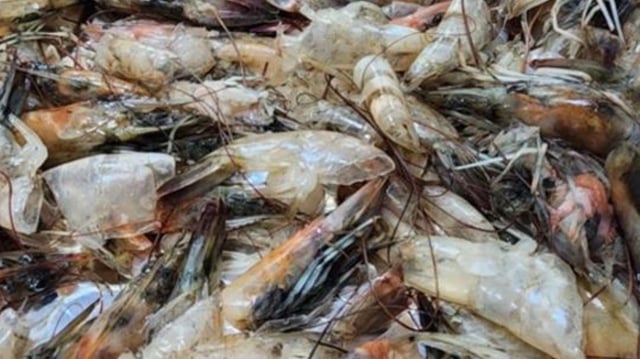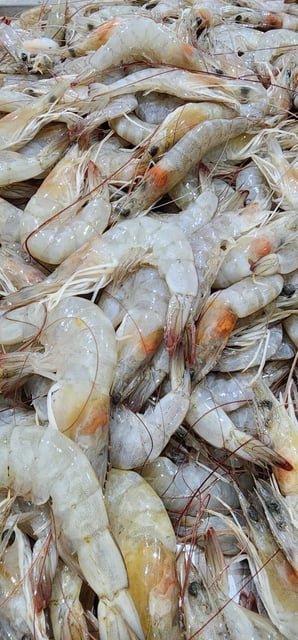Overview
- The method converts shrimp shells and heads to biochar via pyrolysis, followed by acid treatment, chemical activation and ball milling to form activated carbon.
- The resulting material captured carbon dioxide effectively in laboratory measurements and held its performance across repeated adsorption–desorption cycles.
- White shrimp by-products were collected at Souq Al Jubail in Sharjah, with the shrimp originally harvested in Oman, then cleaned and air-dried before processing.
- The study, published in Nanoscale, outlines potential applications in carbon capture as well as air and water purification, solvent recovery, gold extraction and selected medical uses.
- The team frames the approach as cost-effective and consistent with circular-economy goals in a sector that discards up to eight million tons of shellfish waste each year.

